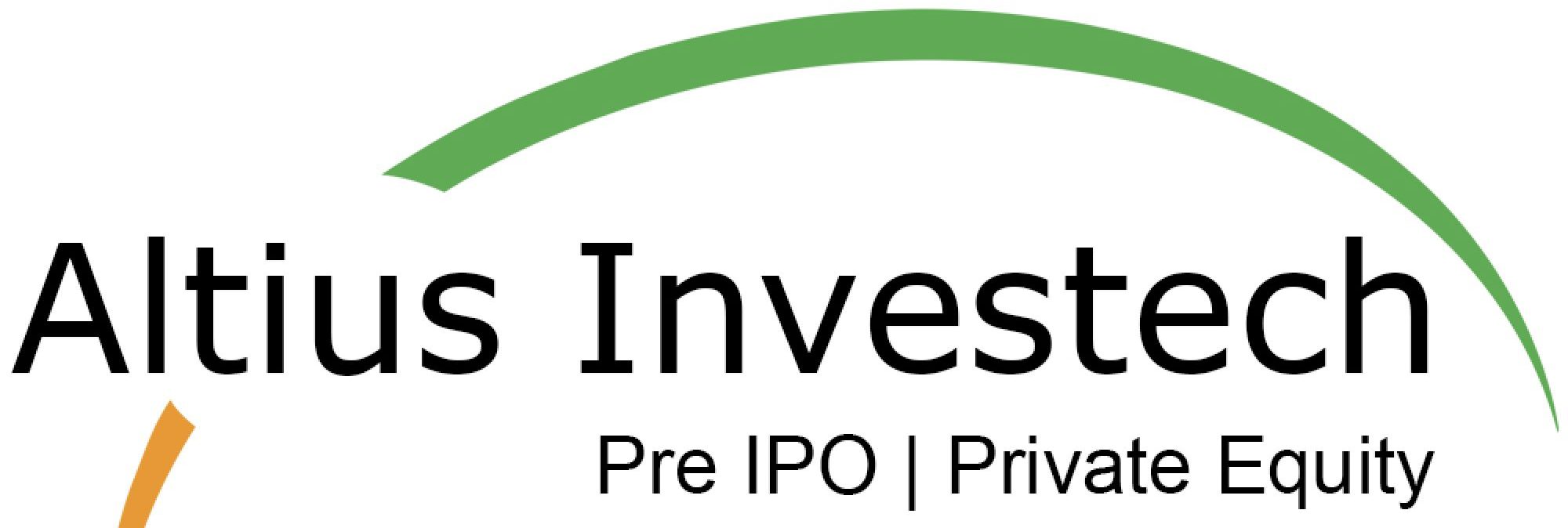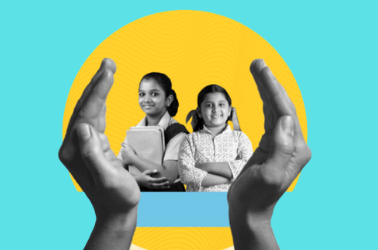Top 10 Government Schemes for Girls in India
Over time, the government has implemented a number of initiatives to improve the status of girls and the general perception of them. Various social systems and financial aid programmes for their welfare, health, and education have been launched. All of these initiatives seek to provide girls and boys with equal opportunities in society. In this essay, we will look at the top ten government scheme in India for girls.
Benefits of government scheme for a girl child in India
- In India, government schemes for girl children are primarily concerned with their well-being.
- While some programmes try to increase their sex ratio, others provide financial assistance for their education and wedding costs.
- Some of these girl child programmes in India provide tax breaks.
Top 10 government Scheme for girls in India are:
The schemes for girls in India listed here, together with their advantages, characteristics, eligibility, and application process.
1. Balika Samridhi Yojana:
The Balika Samriddhi Yojana is a government scheme which was launched on October 2, 1991, is one of the central government programmes for a female child that serves families living below the poverty line (BPL) in both rural and urban regions. It applies to up to two girl children born on or after August 15, 1997. Currently, qualified girl children under the initiative get Rs 500 as a post-birth grant and the following annual scholarships:
| Class | Annual scholarship |
| I to III | Rs 300 for each class |
| IV | Rs 500 |
| V | Rs 600 |
| VI to VII | Rs 700 for each class |
| VIII | Rs 800 |
| IX to X | Rs 1,000 |
Eligibility criteria of Balika Samridhi Yojana
- This government scheme is only offered to female children born on or after August 15, 1997, to low-income families.
- Rural families claiming the plan must meet the BPL threshold established under the Swarnajayanti Gram Swarozgar Yojana.
- Families living in slums, regardless of their recognition, are covered in urban areas, as are those working as rag-pickers, vegetable and fruit dealers, payment merchants, and so on.
- This government scheme only applies to two girl children in each family.
2. Beti Padhao, Beti Bachao:
This is also one of the central government programmes for a girl child that has been implemented to focus on welfare. Initially, this central government plan was aimed at districts with low sex ratios, or fewer female children than male children. The Beti Bachao Beti Padhao initiative is now being implemented in different parts of the country. The scheme does not involve direct cash transfers, but it does aim to:
- Increase the child-to-adult ratio.
- Avoid gendered and sex-selective eradication.
- Ensure the girl child’s survival and safety.
- Encourage girl child education and involvement.
- Gender equality and women’s empowerment must be achieved.
The scheme is made up of three parts:
Advocacy and media initiatives: To educate parents, national awareness campaigns including a media strategy are developed. These initiatives also aimed to de-stigmatize the birth of girls, ensuring that their birth, growth, and education are not discriminated against.
Interventions in gender-critical districts: Incentives meant to improve the Child Sex Ratio (CSR) and sex ratio at birth in 640 selected gender-critical regions.
A financial incentive-linked scheme: To encourage parents to save for their girl offspring, the Sukanya Samriddhi Yojana (SSY), a small deposit-saving scheme, was created. The scheme provides income tax benefits as well as a 7.6 percent interest return on deposits.
3. Udaan Scheme of CBSE:
CBSE Udaan is a government scheme for girl child education administered by the Central Board of Secondary Education (CBSE) through the Ministry of Human Resource Development. Its primary goal is to increase their enrollment in top technical and engineering universities throughout India. The scheme has the following characteristics:
- For female students in the 11th and 12th grades, free course materials and online resources are available.
- Meritorious female students are given opportunities for peer learning and mentoring.
- Weekends are reserved for virtual contact sessions in the 11th and 12th grades.
- Students’ progress is constantly monitored and tracked.
- Study helpline services to help female students clear up their doubts.
CBSE Udaan Scheme Eligibility Criteria
- Girls should be granted Indian citizenship and be allowed to live in India.
- The girl student should major in Physics, Chemistry, or Mathematics.
- stream in CBSE-affiliated schools’ 11th and 12th grades
- The student’s annual household income should be less than Rs 6 lakh.
- The selection of female students is based on merit.
4. Mazi Kanya Bhagyashree Scheme:
The Maharashtra Government launched the Mazi Kanya Bhagyashree initiative, which provides monetary advantages to the mother of a girl child in the following ways:
- Rs 5,000 during the first five years following the birth of the daughter
- Rs 2,500 every year until she graduates from Grade V
- Rs 3,000 each year until she graduates from Grade XII
- She would be paid Rs 1 lakh each year for her future schooling after she reaches the age of 18.
- Mazi Kanya Bhagyashree Scheme Eligibility Criteria
- The scheme is open to all Maharashtra permanent residents.
- The scheme is only available to families who fall below the poverty line.
Documents necessary for Mazi Kanya Bhagyashree Scheme application
- State of Maharashtra domicile certificate
- Birth certificate of the girl
- The income certificate for the parents
- Ration card or low-income card
- Girl child’s bank passbook with IFSC code
5. Mukhyamantri Kanya Suraksha Yojana:
The Bihar government created this concept for a girl child as a reward programme. After the birth of a girl child, the Mukhyamantri Kanya Suraksha Yojana pays Rs 2,000 to the parents. They can get this if they provide her birth certificate.
Mukhyamantri Kanya Suraksha Yojana Eligibility Criteria
- Only applies to Bihar’s permanent residents.
- The applicant must come from a low-income family.
- Mukhyamantri Kanya Suraksha Yojana: How to Apply
- The applicant can contact the Collector’s office, Gram Panchayat, or Zilla Parishad.
- Paris had to apply for the programme. Alternatively, they might submit a duly completed
- filled out an application form at their local Anganwadi centre
6. Laadli Yojana of Jharkhand:
This savings initiative deposits Rs 6,000 into the girl’s post office savings account for a predetermined period of 5 years. The monetary rewards are subsequently distributed to the girl child at regular periods as follows:
- Rs 2,000 for beginning Grade VI
- Rs 4,000 for beginning Grade IX
- Rs 7,500 to begin Grade XI
- A Rs 200 weekly stipend
- When the female reaches the age of 21, the deposit will mature. This money can then be utilised to cover her wedding expenses.
Jharkhand Laadli Yojana Eligibility Criteria:
- The applicant must be a Jharkhand permanent resident.
- The applicant must come from a low-income family.
7. Ladli Scheme of Haryana:
This scheme is only available if one of the girl child’s parents is a resident of Haryana. The applicant must be able to demonstrate this by presenting the domicile certificate. The scheme provides Rs 5,000 each year for five years, which accumulates in the Kisan Vikas Patra formed in the mother’s name. When the girl reaches the age of 18, she will be able to withdraw the funds. If a second child is born, the money is immediately delivered to the parents in two instalments.
How to Apply for Haryana’s Ladli Scheme?
To obtain the advantages of the scheme, the mother and child must be registered at the local Aganwadi centre.
8. Mukhyamantri Rajshri Yojana:
The Mukhyamantri Rajshri Yojana, launched by the Rajasthan government, provides monetary advantages to parents of a female child at various stages:
- When a girl child is born, the mother receives Rs 2,500.
- After a year, the girl child receives a payment for Rs 2,500.
- A fee of Rs 4,000 is paid when a girl kid is admitted to any public school in Grade I.
- When the child enters Grade VI, Rs 5,000 is paid.
- When the girl enters Grade XI, she is paid Rs 11,000
Who is eligible for the programme?
- The applicant must be a Rajasthan permanent resident.
- Girls born after June 1, 2016 are eligible.
How does one apply for the scheme?
You can register for the scheme at your nearest designated bank, Collector’s Office, Gram Panchayat, or Zilla Parishad.
9. Nanda Devi Kanya Yojana:
This plan, exclusive to Uttarakhand, contributes a fixed deposit of Rs 1,500 in the name of a newborn girl child. This, combined with the accrued interest, is given to the girl child when she reaches the age of 18 and completes her further education.
Scheme eligibility requirements:
- Permanent inhabitants of Uttarakhand are eligible.
- The applicant must come from a low-income family.
- A household can only have two girls.
10. Sukanya Samriddhi Yojana:
Sukanya Samriddhi Yojana (SSY) is a government-sponsored savings programme that encourages parents to save for their daughter’s further education and wedding.
SSY eligibility criteria and guidelines:
- This account can be opened by the parents or guardians of a girl child under the age of ten.
- A girl child can only have one SSY account.
- Parents may open up to two accounts for their two female children. The exceptions include twins and triplets.
- After presenting address verification, the account can be transferred anywhere in the country.
- This account can be accessed by the parents at any post office or bank institution.
- A minimum of Rs 250 and a maximum of Rs 1.5 lakh must be deposited into the account each year.
- SSY have EEE tax status, which implies that parents can claim tax breaks on deposits, interest earned, and maturity proceeds.
- The account has a maximum duration of 21 years from the date of opening or the date the girl marries, whichever comes first.
- Deposits are permitted for a period of up to 15 years from the day the account is opened.
- Once the daughter reaches the age of 18, she can make a 50% withdrawal.
- If the girl kid is 18 and can show required documentation, an account can be pre-closed to cover her wedding expenditures.
- As of Q1 FY 2022-23, the account gets a fixed interest rate of 7.6 percent.
Also Read: The Benefits of investing in Bonds!
What are Government Bonds and its advantages?
Understanding the Perks of Investing in Bonds and Debentures
GET IN TOUCH WITH US
For any query/ personal assistance feel free to reach out at support@Altiusinvestech.com or call us at +91-8240614850.
To know, more about Unlisted Company. Click here – https://altiusinvestech.com/blog/what-is-listed-and-unlisted-company
You can also checkout the list of Best 5 Unlisted Shares to Buy in India
For Direct Trading, Visit – https://altiusinvestech.com/companymain.
To know more about How to apply for an IPO? Click- https://altiusinvestech.com/blog/how-to-apply-for-an-ipo/

